Digital finance, which includes tools like UPI, mobile wallets, and online banking, has become central to India’s financial inclusion push, aiming to bring affordable, accessible, and secure financial services to communities that were long underserved by traditional banking. In rural areas, where physical bank branches remain limited and cash has historically been the backbone of transactions, digital platforms are emerging as powerful enablers of convenience, transparency, and participation in the formal economy.
Yet, the FindiBANKIT Rural Digitization Survey 2024–25 shows that while adoption is growing, challenges such as connectivity gaps, fear of fraud, and low digital literacy continue to slow the transition to a fully cashless ecosystem in rural areas.
Covering 20,000 respondents across multiple states, the survey sheds light on how rural consumers are using digital payment platforms, the challenges they face, and the opportunities for deeper financial inclusion.
Cash Still Rules, But UPI Rising
The survey reveals that 50% of respondents continue to rely on cash for groceries and essentials, underlining its entrenched role in rural economies. This is not surprising given the inconsistent internet access and cultural familiarity with cash, especially in low-connectivity areas.
At the same time, UPI-based platforms such as PhonePe, Google Pay, and BHIM have gained a 20% share, indicating strong momentum. With government-backed initiatives and merchant adoption increasing, UPI is becoming more accessible even in semi-urban and rural markets. Mobile wallets (15%) and cards (10%) follow, while a small 5% still use barter, cheques, or other traditional methods.
Growing Digital Habits and Trust
Findings of the survey suggest that digital finance is no longer occasional. 40% of respondents use UPI or mobile wallets daily, and another 25% use them a few times a week. Only 10% have never used digital payments, signaling broad exposure.
Trust, however, is evolving. While 45% “somewhat” trust digital finance platforms and 25% trust them fully, nearly a third still express skepticism. Compared to two years ago, though, confidence is rising, with 45% reporting greater trust now than before.
Barriers: Scams, Connectivity, and Literacy
The biggest hurdles to the adoption of digital payment methods and the lack of trust are clear: fear of scams and fraud (35%), poor internet or data access (30%), and low digital literacy (25%).
These barriers point to both infrastructure gaps and social anxieties. Concerns over online fraud remain high in rural India, where stories of scams travel quickly through word of mouth and social media forwards.
Customer support also needs strengthening. Only 15% feel “very confident” in resolving issues, while half are only “somewhat confident.” This lack of assurance may discourage frequent or high-value digital transactions.
Spreading Awareness
Interestingly, awareness of digital finance is shaped less by official campaigns and more by peer networks. About 40% learn through WhatsApp/Telegram forwards, while 35% hear from family and friends. In contrast, only 5% credit social media ads. This highlights the importance of community-driven communication and the trust placed in local networks over formal messaging.
Beyond Payments: Everyday Digital Finance
Rural consumers are using digital tools beyond just payments. 70% check bank balances on their phones, 55% pay bills, and 15% use platforms for savings or investments. A small but notable 5% have even applied for loans digitally, showing early signs of deeper financial integration.
A strong preference for regional languages (70%) in financial advice also points to the importance of localized solutions. Without vernacular content and culturally relevant engagement, digital adoption may remain limited.
Amit Nigam, Executive Director and Chief Executive Officer (CEO) of FindiBANKIT, while expressing his view on the survey finding, said, “At FindiBANKIT, our aim is to empower every Indian, irrespective of geography, with accessible, affordable banking through our innovative phygital model, which blends digital infrastructure with physical outreach. The survey underscores that while UPI has made inroads in rural India, the enduring reliance on cash and concerns about fraud and digital literacy gaps must be addressed.” While highlighting FindiBANKIT’s role in addressing this gap, he stated, “Our growing network of 2.5 lakh+ agents and vernacular outreach are vital to enabling true financial inclusion and trust in digital finance.”
The Road Ahead
The survey findings highlight both progress and persistence of old habits. Rural India is not rejecting digital finance—it is cautiously adapting to it. For UPI and mobile wallets to replace cash more substantially, infrastructure must improve, fraud concerns must be addressed, and trust must be built through community engagement and vernacular outreach.
With India’s financial inclusion agenda moving forward, the challenge is not just introducing technology but ensuring it is accessible, trusted, and tailored to the unique needs of rural communities.
Also Read
Road Ahead Under New Online Gaming Act, 2025: Prohibition, Promotion and Legal Battles

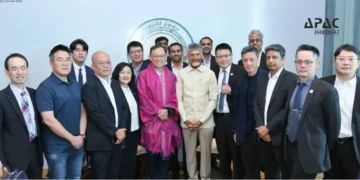
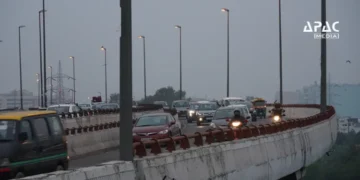

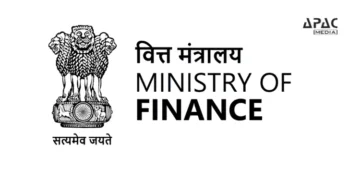

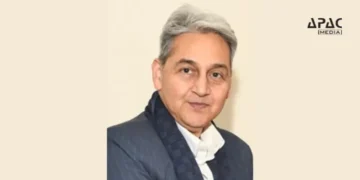

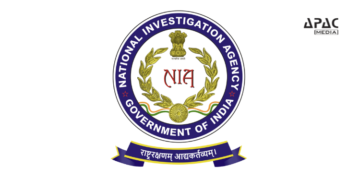
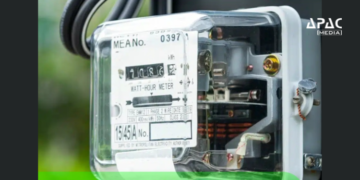






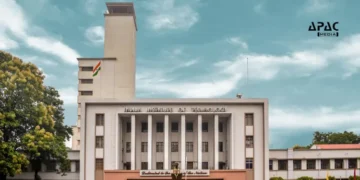
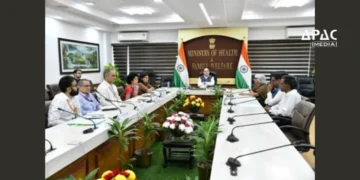
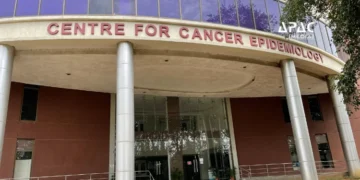








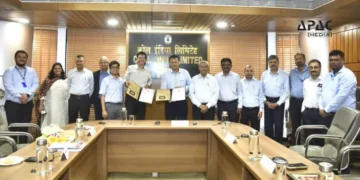
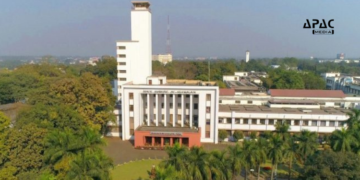

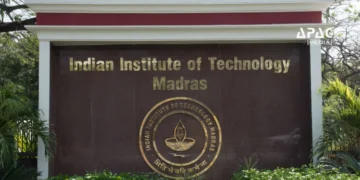

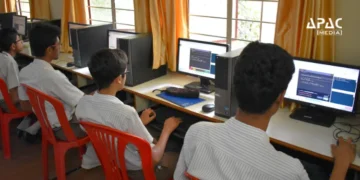







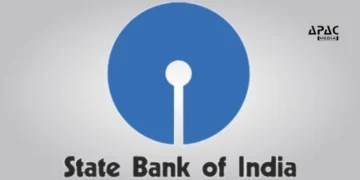


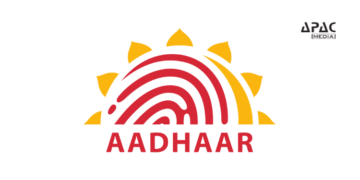



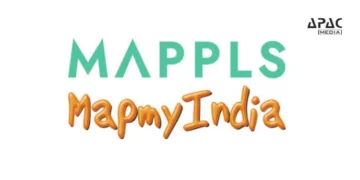
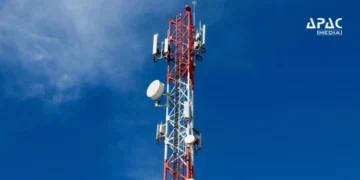


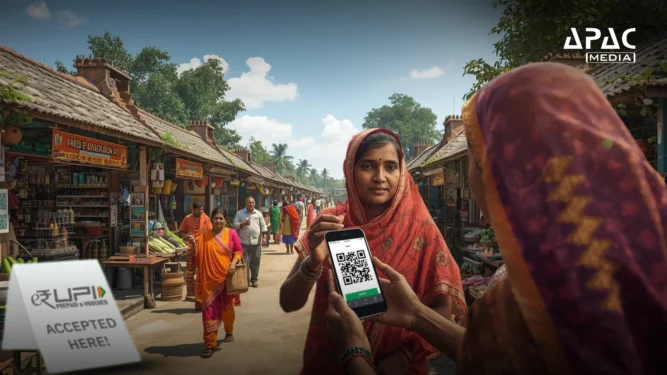


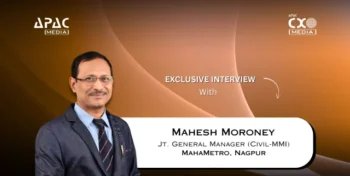










Discussion about this post